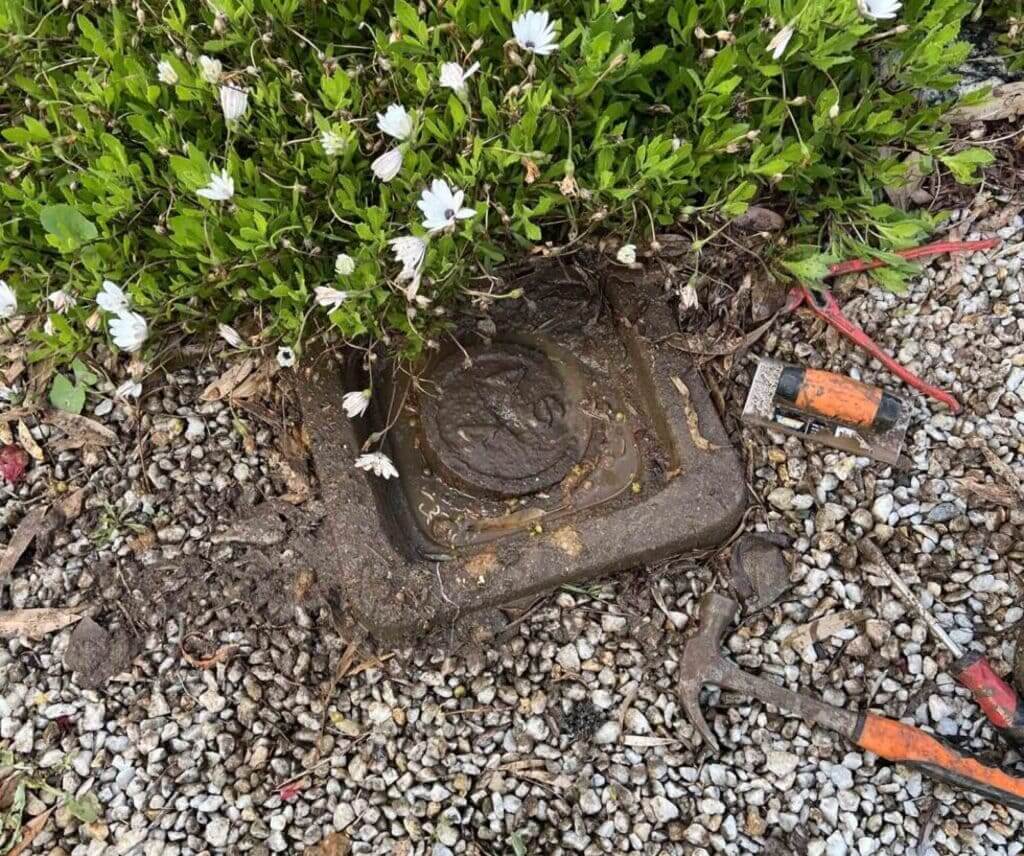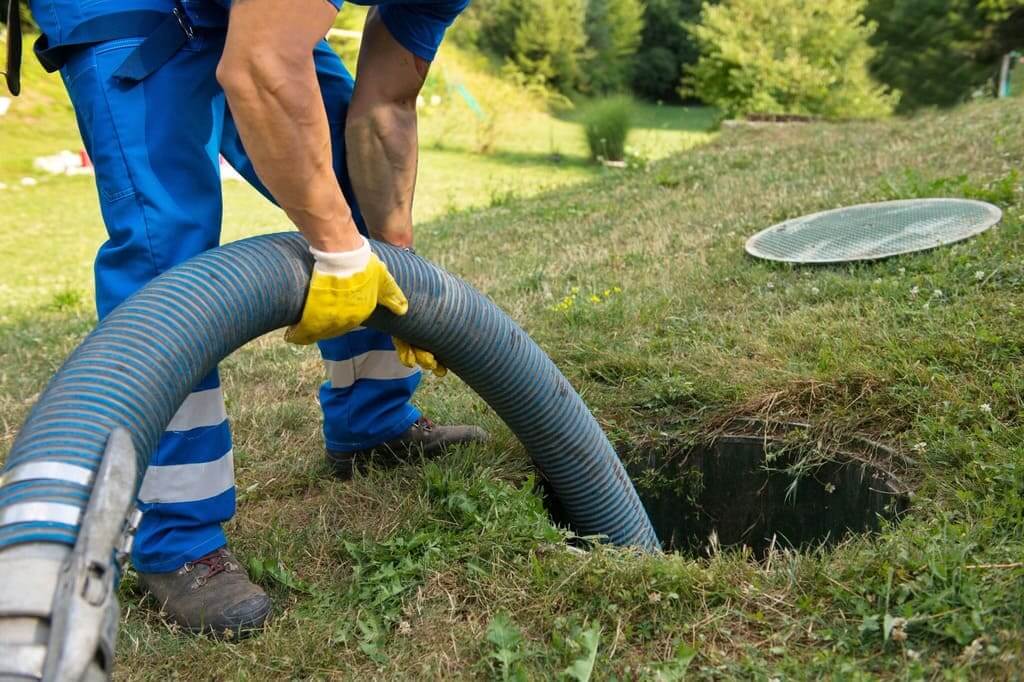Sustainable practices for sewer repair are crucial for ensuring the longevity and efficiency of water infrastructure, as well as promoting the health and well-being of communities. These practices involve addressing structural defects, reducing extraneous flow, preventing waterborne illnesses, promoting general sanitation, and conserving energy and resources.
By implementing sustainable practices, sewer repair projects can improve system performance, extend asset life, reduce costs, avoid sanitary sewer overflows (SSOs), protect public health and the environment, and comply with regulations.
One of the key benefits of sustainable practices for sewer repair is improved system performance. By addressing structural defects and reducing extraneous flow, sewer systems can operate more efficiently and effectively. This can result in fewer blockages, backups, and other issues that can disrupt service and cause damage to infrastructure. Additionally, sustainable practices can help to prevent waterborne illnesses by reducing the risk of contamination from sewage leaks and overflows.
Another important benefit of sustainable practices for sewer repair is the extension of asset life. By implementing measures to prevent damage and deterioration, such as regular maintenance and repairs, sewer systems can last longer and require less frequent replacement. This can result in significant cost savings over time, as well as reduced the environmental impact from the production and disposal of new infrastructure.
Sustainable practices for sewer repair also help to reduce costs by minimizing the need for emergency repairs and replacements. By addressing issues proactively and implementing preventative measures, such as regular inspections and maintenance, sewer systems can avoid costly and disruptive failures.
This can also help to avoid the need for costly fines and penalties for non-compliance with regulations. To safeguard public health and the environment, adopting sustainable practices for sewer repair is crucial.
These practices not only prevent SSOs and minimize the risk of sewage leaks and overflows but also ensure access to clean and safe water for communities. Furthermore, by conserving energy and resources, sustainable practices promote a more sustainable future and reduce the environmental impact of sewer repair projects.
What Are the Common Sources and Impacts of Extraneous Flow in Sanitary Sewers?

Extraneous flow in sanitary sewers refers to water that enters the pipes from unintended sources, such as surface water, groundwater through defects or direct illicit connections. This water can come from a variety of sources, including infiltration and inflow (I/I), private property I/I (PPII), broken pipes, leaking joints, manhole lids with holes and/or poor sealing, root-infested sewer laterals, and more. The sources of extraneous flow can vary depending on the location and condition of the sewer system.
Infiltration and inflow (I/I) is one of the most common sources of extraneous flow in sanitary sewers. This occurs when groundwater or surface water enters the sewer system through cracks, holes, or other defects in the pipes. Private property I/I (PPII) is another common source of extraneous flow, which occurs when water from private property, such as roof drains or sump pumps, enters the sewer system.
Broken pipes, leaking joints, manhole lids with holes and/or poor sealing, and root-infested sewer laterals are other sources of extraneous flow that can contribute to the problem.
The impacts of extraneous flow can be significant. One of the primary impacts is that it consumes available capacity in the sewer system, which can lead to surcharging and backups. This can cause damage to property and create health hazards.
Additionally, extraneous flow can accelerate pipe deterioration, leading to costly repairs and replacements. In extreme cases, extraneous flow can lead to sanitary sewer overflows (SSOs) or surface flooding, which can have serious environmental and public health consequences.
To address the problem of extraneous flow, it is important to identify the sources of the flow and take steps to reduce or eliminate them. This may involve repairing or replacing damaged pipes, sealing manhole lids, and addressing private property I/I.
By reducing extraneous flow, sewer systems can operate more efficiently and effectively, reducing the risk of backups, overflows, and other problems. Municipalities and sewer system operators need to prioritize efforts to address extraneous flow and ensure the long-term viability of their systems.
What Are the Best Practices for Sewer Rehabilitation to Reduce Extraneous Flow?

Sewer rehabilitation is a crucial process that involves repairing and renewing existing sewer pipes and components to restore or improve their structural integrity and hydraulic capacity. One of the main benefits of sewer rehabilitation is its ability to reduce extraneous flow, which refers to groundwater infiltration and stormwater inflow into the sewer system.
These types of flows can overwhelm the system, leading to sanitary sewer overflows, basement backups, and other issues. By fixing defects that allow water to enter or leave the pipes, sewer rehabilitation can significantly reduce extraneous flow and improve the overall performance of the system.
One of the most popular sewer rehabilitation methods is cured-in-place pipe (CIPP) lining, which involves inserting a flexible liner into the existing pipe and curing it in place with heat or UV light. This method is effective for repairing cracks, leaks, and other defects in the pipe without the need for excavation.
Slip lining is another method that involves inserting a new pipe into the existing pipe and grouting the annular space between the two pipes. This method is useful for increasing the hydraulic capacity of the pipe and improving its structural integrity.
Pipe bursting is a method that involves breaking the existing pipe and pulling a new pipe into place. This method is useful for replacing old or damaged pipes with larger-diameter pipes and can significantly improve the hydraulic capacity of the system.
Spot repair is a method that involves repairing small sections of the pipe using a variety of techniques, such as epoxy injection or grout injection. This method is useful for repairing localized defects in the pipe and can be done quickly and cost-effectively.
Manhole lining and lateral lining are other methods that can be used for sewer rehabilitation. Manhole lining involves applying a protective coating to the interior of the manhole to prevent infiltration and corrosion.
Lateral lining involves inserting a liner into the lateral connection between the main sewer line and the property line to prevent infiltration and improve the overall performance of the system.
By using these and other sewer rehabilitation methods, municipalities and utilities can reduce extraneous flow and improve the overall performance of their sewer systems.
How to Plan and Implement a Successful Sewer Rehabilitation Project?

Maintaining the functionality and safety of our urban infrastructure requires critical sewer rehabilitation projects. These projects require careful planning and execution to ensure their success. The initial step in planning such a project involves conducting a thorough condition assessment of the existing sewer system.
This assessment includes inspecting the sewer pipes, identifying any defects or damages, and determining the extent of the damage. This information is essential in identifying priority areas for rehabilitation and selecting appropriate repair methods.
After identifying priority areas, the next step is to choose the right rehabilitation methods. Trenchless technologies are one option that can minimize excavation and community disruption. The chosen method will depend on factors like the extent of damage, sewer pipe location, and budget. It’s crucial to weigh the long-term benefits of each method, like durability and lower maintenance costs.
To ensure the success of a sewer rehabilitation project, it is essential to estimate both costs and benefits. This involves calculating materials, labor, and equipment expenses while also considering the advantages of increased capacity and reduced risk of failure. Securing funding sources may require applying for grants or loans from government agencies or private organizations.
Long-term financial implications, such as potential cost savings and increased revenue, should also be taken into account. Coordination with stakeholders, including local government officials, residents, and businesses, is crucial. Obtaining permits and adhering to safety protocols are necessary to ensure worker and community safety. Monitoring progress and quality is vital to ensure project objectives are met.
Evaluating outcomes is equally important to identify areas for improvement in future projects. By following these steps, a successful sewer rehabilitation project can be planned and executed, ensuring the safety and functionality of our urban infrastructure.
Discover more:

